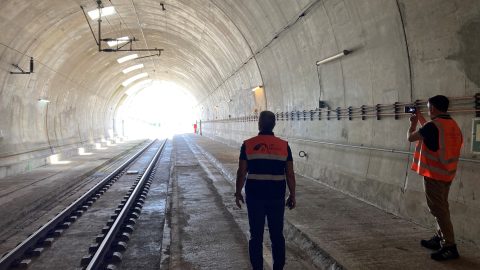Normal vs wide gauge: not just the width, a different philosophy

The EU is currently assessing the possibility of extending the normal gauge of the European railway network to Ukraine and Moldova, as part of its effort to better integrate the countries in the European transport area. This is not as straightforward as it sounds. The track gauge of the countries is not only different in width, it is a different philosophy, argues Oleksandr Zavgorodnii, Chairman of the Expert Council at the All-Ukrainian Center for Transport Infrastructure Reforms.
Do you want to read the full article?
Thank you for visiting RailFreight.com. Become a member of RailFreight Premium and get full access to all our premium content.
Are you already a member?
Having problems logging in? Call +31(0)10 280 1000 or send an email to customerdesk@promedia.nl.






Mr Zavgorodnii cannot be such an expert, quoting the figures that he uses. Standard gauge trains are 750m long, with a European axle load of 22.5tonnes and a weight, often 3000tonnes. Compared to that, broad gauge looks quite puny! George Boyle